Design intent relies on predictable materials that meet exposure classes, durability indexes, and constructability constraints. Conventional mixes, variable SCMs, and legacy curing methods introduce permeability, shrinkage, and finish variability that erode safety factors and service life.
Submittal ambiguity and inconsistent field practices complicate acceptance. When performance isn’t measured against clear standards, RFIs rise, change orders follow, and closeout becomes negotiation rather than verification.
Without independent, reproducible testing, it’s hard to defend admixture claims in peer review or VE discussions.
Limited datasets make it difficult to predict performance across climates and placements—raising design risk.
Capillary continuity accelerates water/chloride transport, undermining durability in below-grade, marine, and de-icing environments.
Moisture-driven failures also cascade into flooring/adhesive issues that weren’t part of the structural scope.
Products that don’t map to recognized frameworks complicate specs and submittals.
Unclear acceptance criteria create room for dispute and schedule drag.
Freeze–thaw, abrasion, and chemical exposure demand a denser, harder surface and refined pore network.
When the near-surface zone is weak, you inherit dusting, scaling, and early maintenance.
Inconsistent SCM supply and finish windows lead to uneven FF/FL, shrinkage, and cracking.
Variability drives rework and weakens the link between design assumptions and as-built reality.
Engineers are expected to provide submittal language, test methods, and field checks.
Without a clear package, teams struggle to align production, finishing, and acceptance.
E5® combines internal curing, engineered nano-silica pozzolans, and surface chemistry to reduce permeability, strengthen the near-surface zone, and stabilize finishing—backed by third-party data and spec-ready language for rigorous projects.
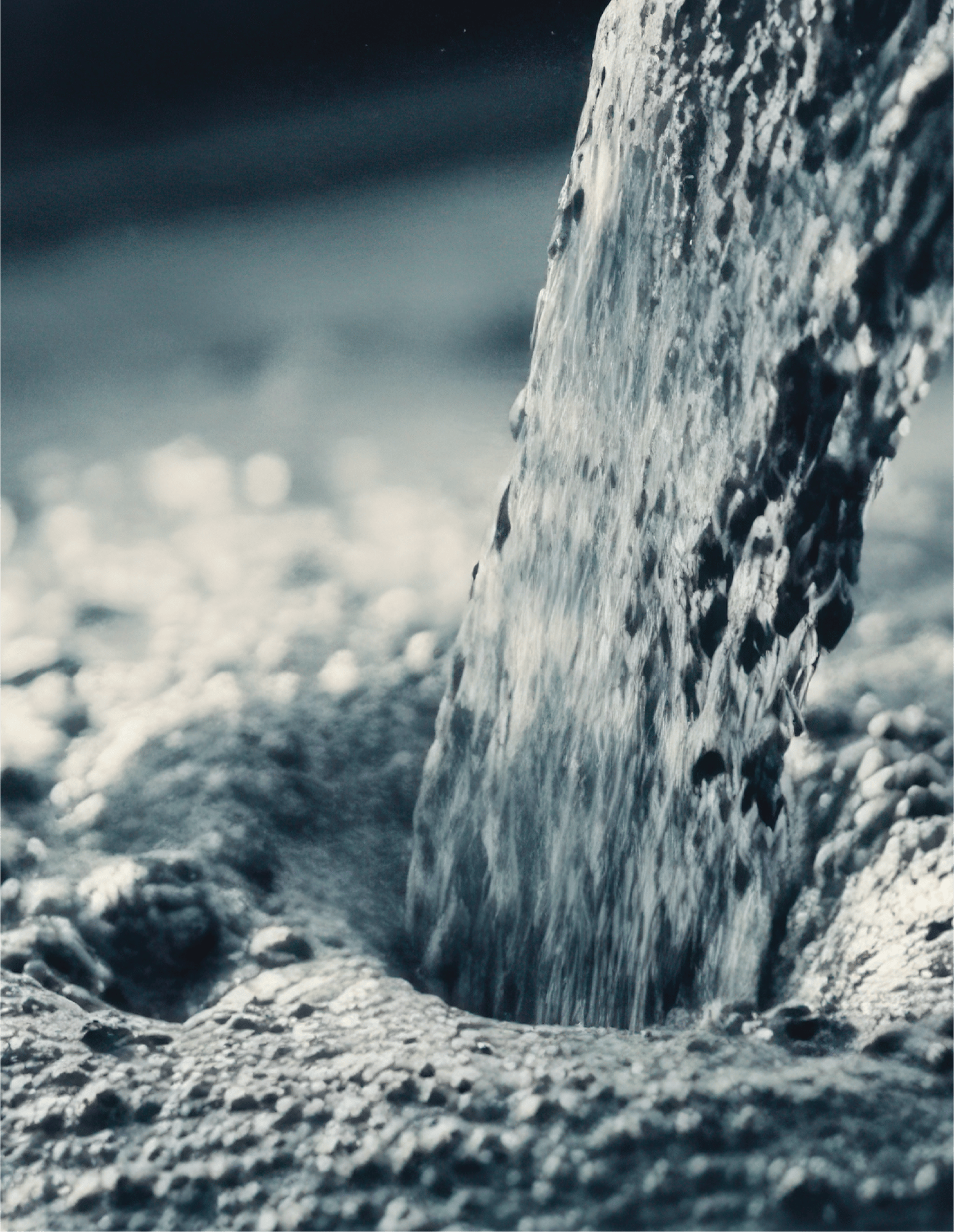
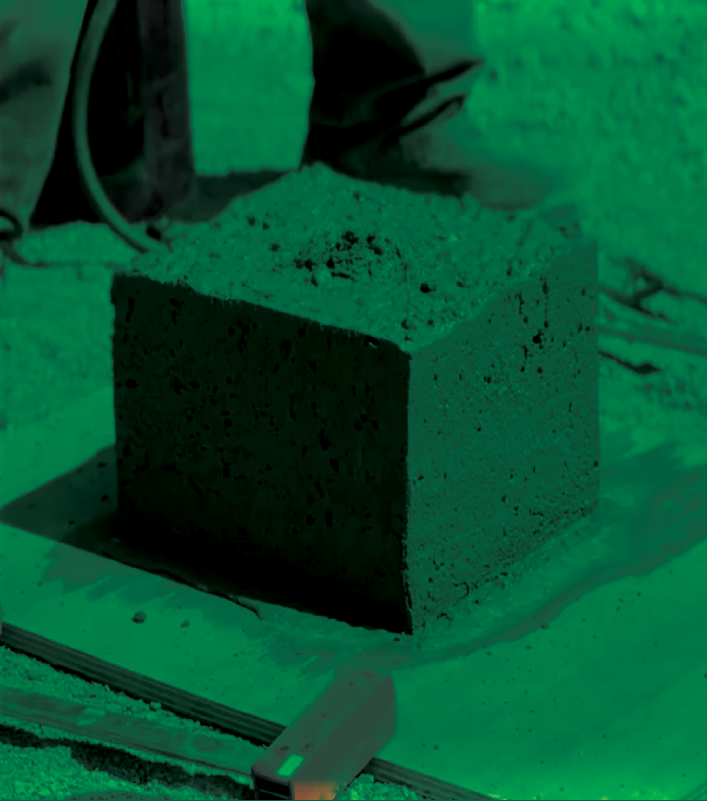
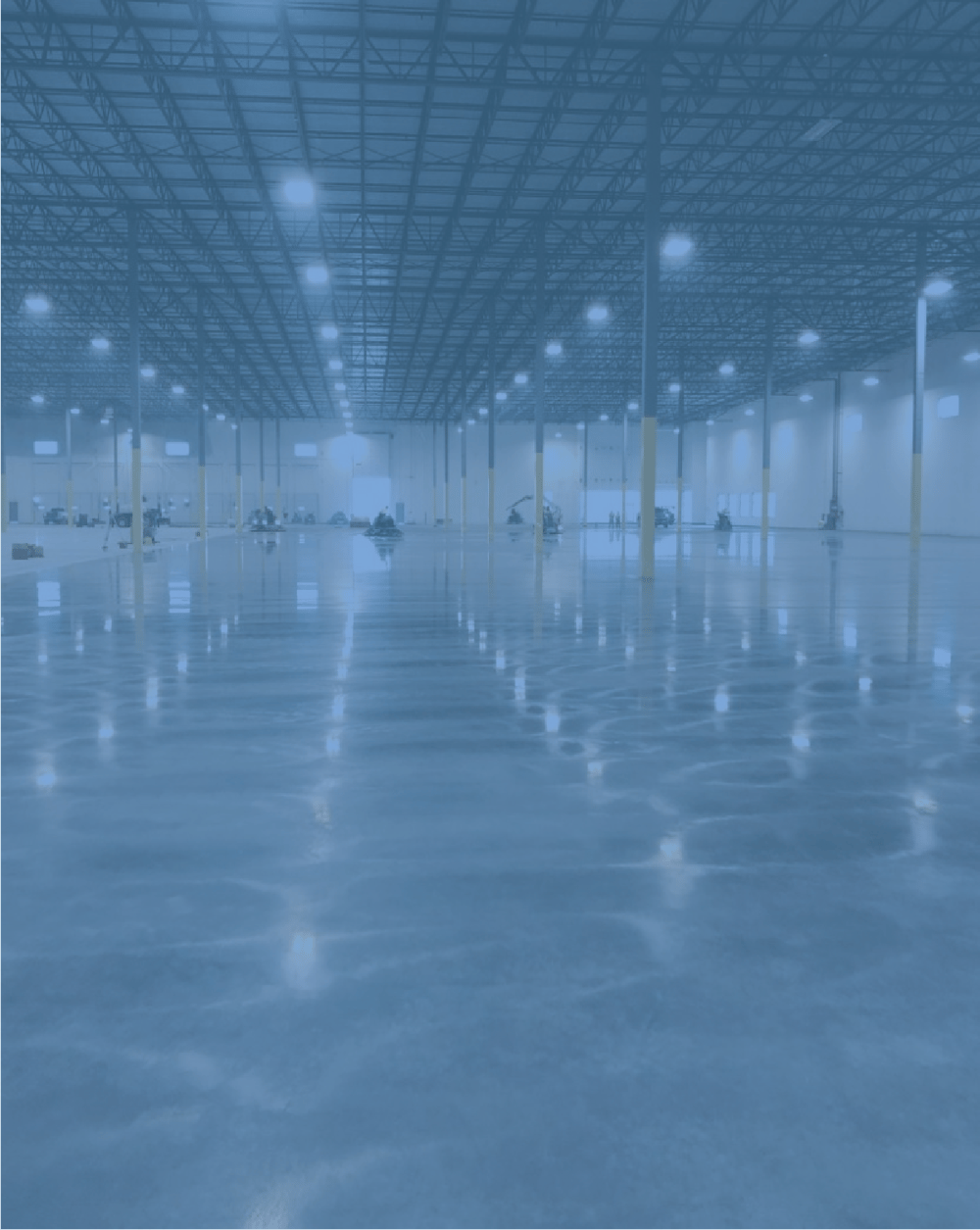

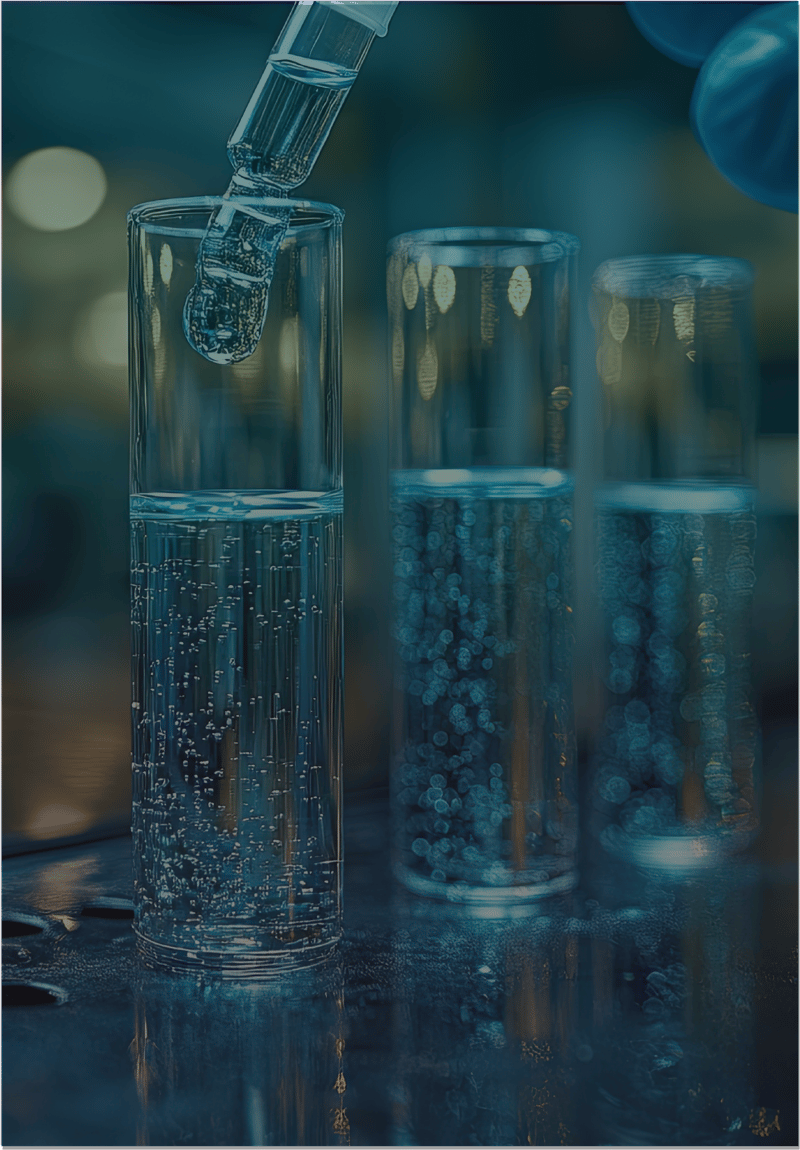
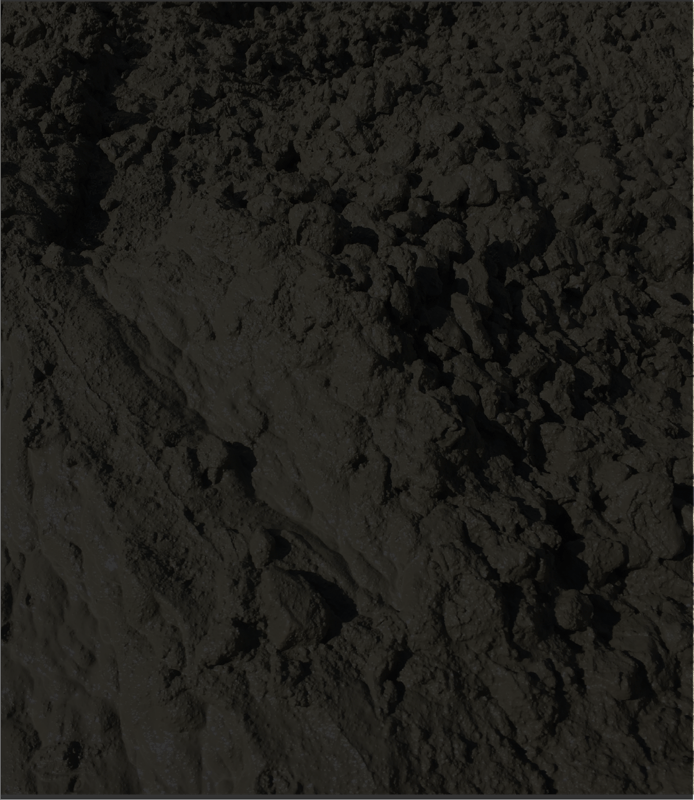

Internal curing extends effective hydration and reduces capillary continuity, limiting moisture transport that triggers flooring and durability issues. PRAH-aligned performance provides a defensible pathway for below-grade or hydrostatic exposure.
With RH/pH stabilized at the surface, adhesive systems integrate cleanly. You reduce change orders tied to emergency mitigation and protect schedule-critical handoffs.

Nano-silica reactions form permanent, insoluble bonds that densify the near-surface zone and refine pore structure. The result is improved abrasion resistance and reduced chloride ingress—key to extending service life.
A harder wear layer resists dusting and chemical attack, maintaining design performance under traffic and de-icing salts. Owners inherit fewer early maintenance events.

Surface-stabilizing chemistry reduces drag and preserves the finishing window, raising FF/FL without water addition. Uniform closes minimize microcracking and variability in the wear layer.
Better near-surface quality supports coatings, terrazzo, and polished systems. Acceptance becomes measurement-driven instead of punch-list driven.

Engineered liquid fly ash reduces cement while sustaining strengths and workability—documentable embodied-carbon gains without schedule penalties. Internal curing eliminates wet/topical cures, cutting jobsite chemicals and waste.
You can meet sustainability goals while preserving durability indices—no tradeoff between CO₂ and performance.

E5® solutions are positioned under recognized frameworks (e.g., ASTM C494 Type S; ACI 212.3R-10 PRAH context) with third-party DIN 1048-5/BS EN 12390-8 permeability data. Clear acceptance methods simplify review.
Complete submittal packages include mix guidance, dosing, sequencing, and field checks—reducing RFI churn and approval time.

Unreacted cement is activated over time by nano-silica–driven hydration products, encouraging autogenous sealing of microcracks. This supports long-term tightness under cyclic loads and environmental stress.
Crack sealing reduces pathways for ingress, protecting reinforcement and finishes while preserving design margins.
From mix design to acceptance—spec-ready components to hit performance targets.
Improves hydration and refines the capillary network, lowering permeability and shrinkage/curl. Supports adhesive-ready surfaces and durable near-surface paste without wet or topical cures.
Engineered pozzolan that packs the matrix and stabilizes fresh/hardened properties across seasons. Enables cement optimization and improved permeability control while maintaining constructability.
Viscosity-modifying, internally curing admixture for shotcrete and congested placements. Increases cohesion, reduces segregation/bleed, and produces denser sections for tunnels, pools, and retaining structures.
Penetrating treatment for existing concrete that densifies and reduces moisture ingress, aiding repair/rehab projects and flooring readiness. Provides a warrantied pathway to manage surface moisture conditions.
Specify with Data, Deliver with Confidence
Request submittal packages, test data, and spec language tailored to your exposure classes and acceptance criteria. We’ll align dosing, sequencing, and field checks to your project’s performance targets.
2025 Copyright. All rights reserved. Site built with Sprocket Rocket & HubSpot. Privacy policy Terms